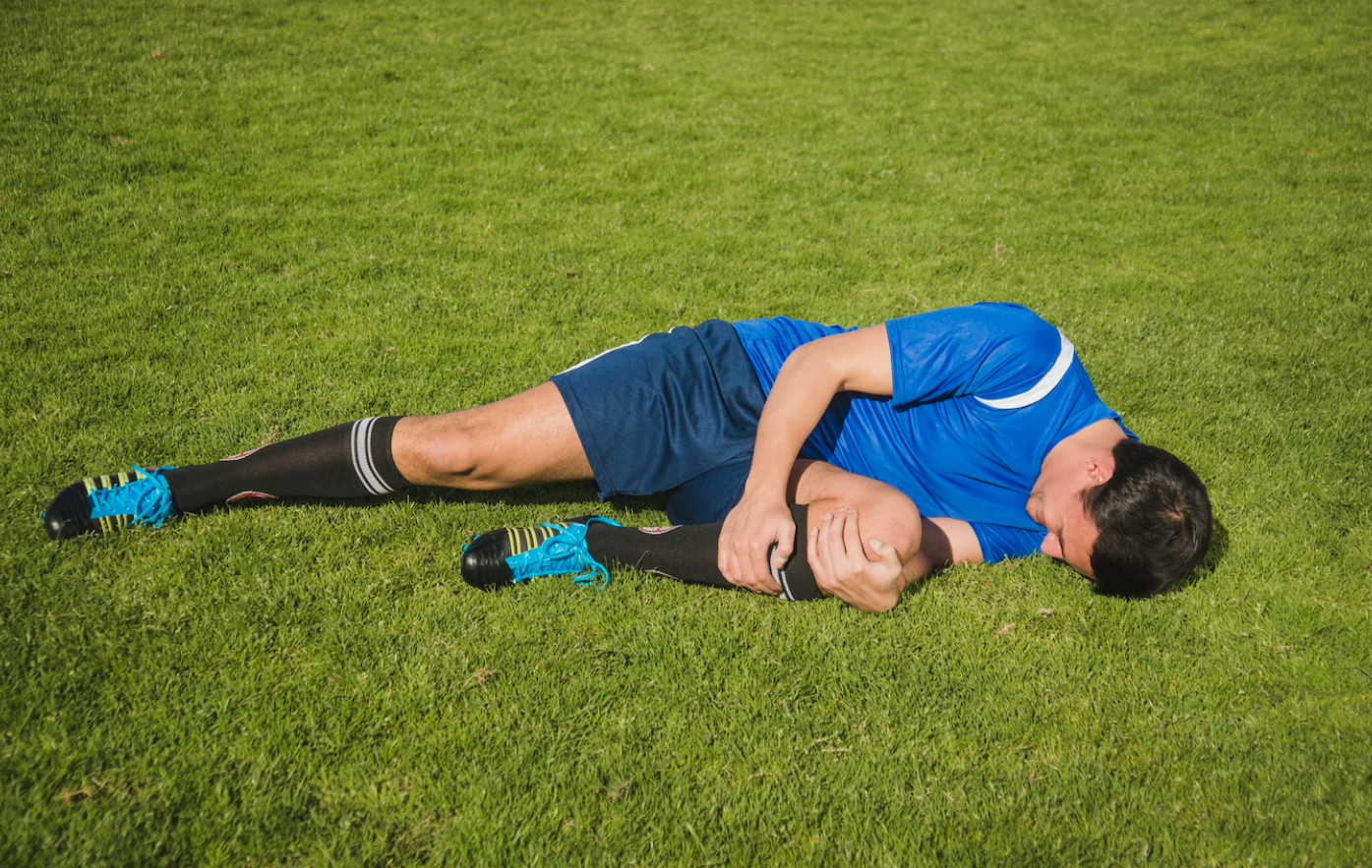The accumulative impact of concussions on athlete health is unnoticeable—until it’s not
Chronic traumatic encephalopathy is a degenerative brain disease that plagues the world of contact sports.
Concussions are common in contact sports like boxing, hockey, and football. Repeated concussions, however, can cause serious damage to the brain. Unless care is taken to monitor athletes’ post-concussion cognitive decline, the effects of chronic traumatic encephalopathy (CTE), for example, slowly and discreetly take shape.
The widespread accumulation of tau proteins (proteins that indirectly support the structure of brain cells) leads to the onset of CTE. Dire changes in behaviour and cognitive function, such as memory loss, slowly emerge, as well as chronic depression.
CTE’s behavioural effects are long-term. Phillip Addams and Aaron Hernandez, both former NFL athletes, murdered their loved ones and then committed suicide theoretically because of executive function loss in late-stage CTE. “Executive function” is a term that describes all decision-making processes, including impulse control. When the areas of the brain responsible for learning, memory, and emotional regulation degenerate, such as the hippocampus and frontal lobe, they short-circuit. In athletes as young as 17, this level of CTE reveals focal lesions (traumatic changes in the brain) through high tau protein expression across the hippocampus.
All neurodegenerative diseases have a refractory period. This period is characterized by a lack of treatment and detection of disease due to “neuroplasticity.” Neuroplasticity refers to the brain’s ability to adapt to changes through the way it acts, or rather, reacts. It rewires itself. In a neurodegenerative context, neuroplasticity compensates for function loss, making it imperative to seek preventative treatment for repeated head injuries.
According to a 2019 study of 296 college football athletes published in the Journal of Neurotrauma, the likelihood that a concussion will be reported clocks in at less than 50 per cent, while other injuries are reported at a rate of 80 per cent in college football athletes. Factors, such as an athlete’s social environment, pressure to continue the season, and a supportive coach can all distract an athlete from approaching medical advice. The possibility of permanent physical impairment, including the potential dangers associated with CTE, places doubt on an individual’s decision to pursue head injury-prone sports.

